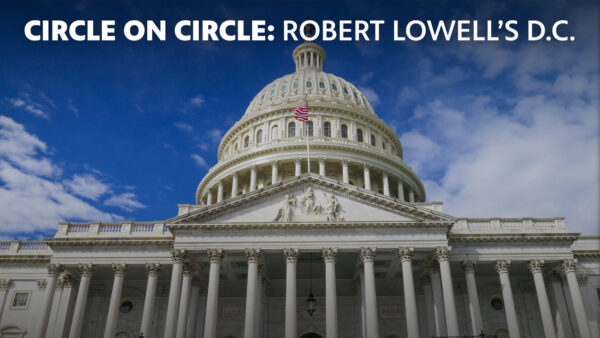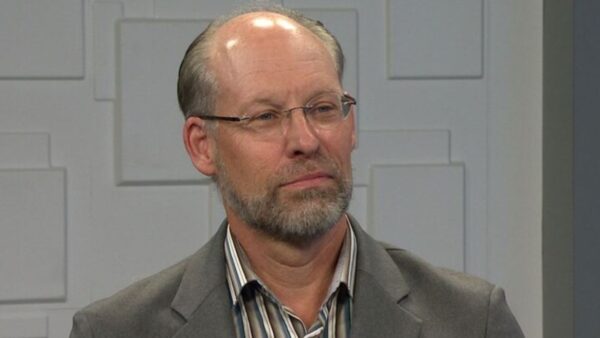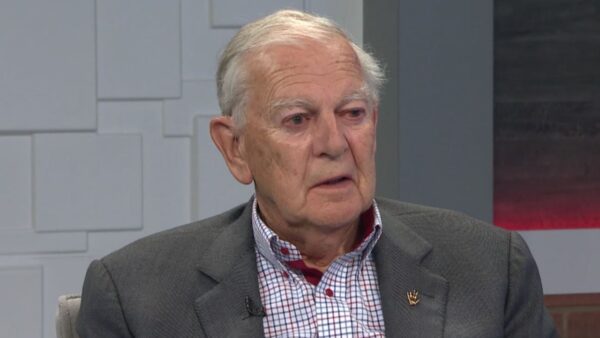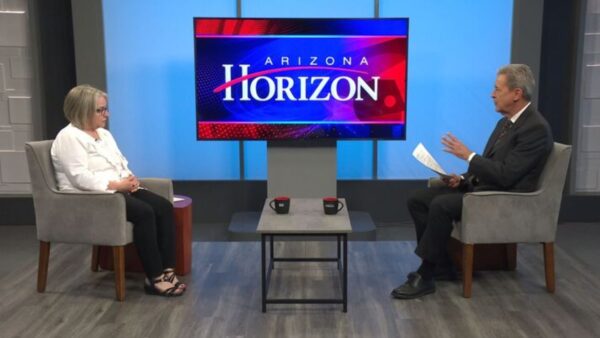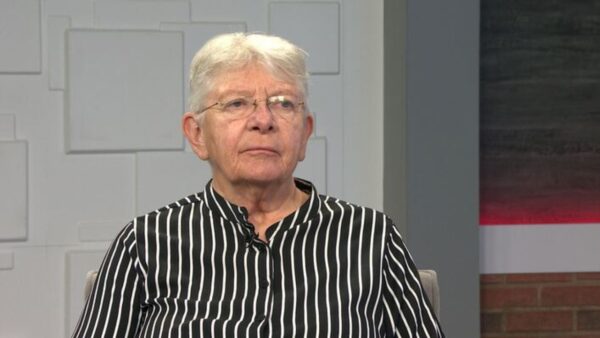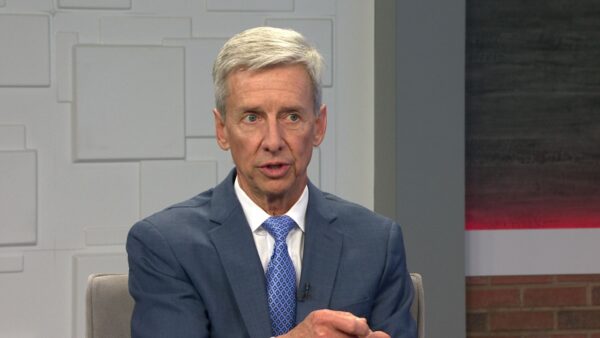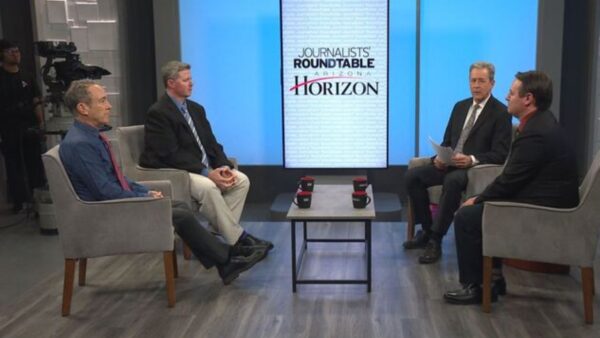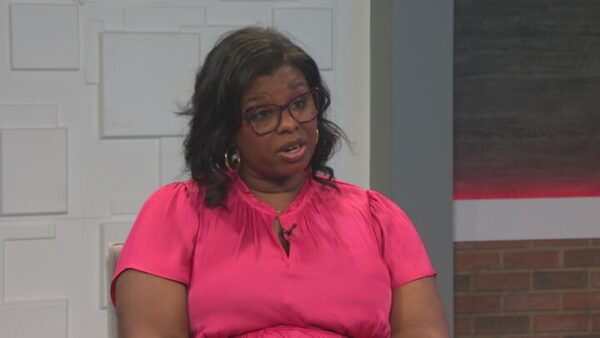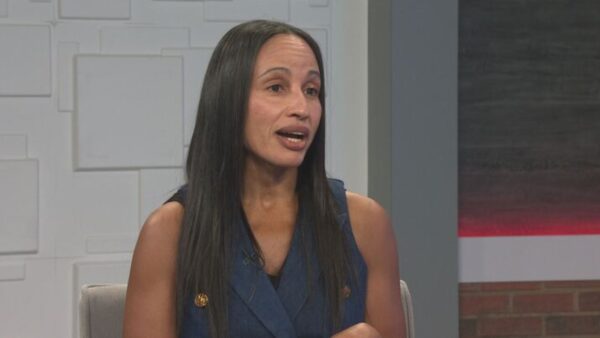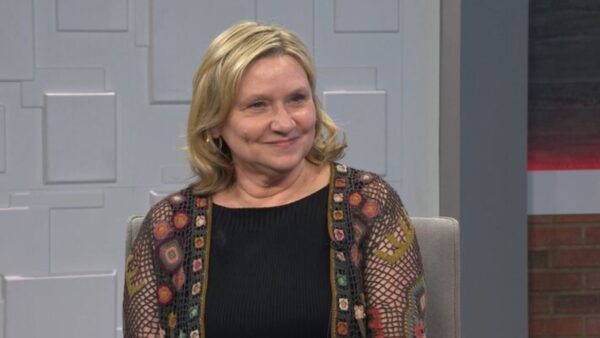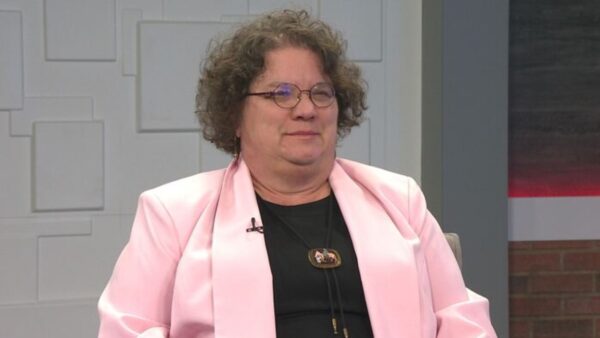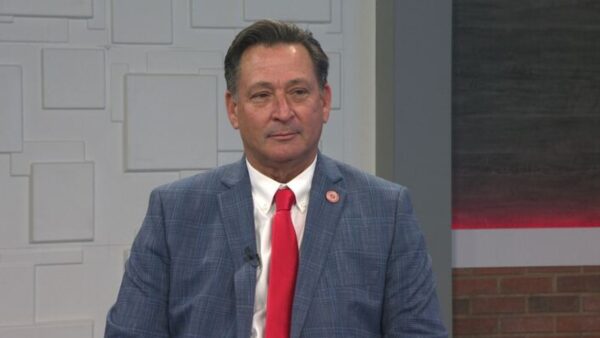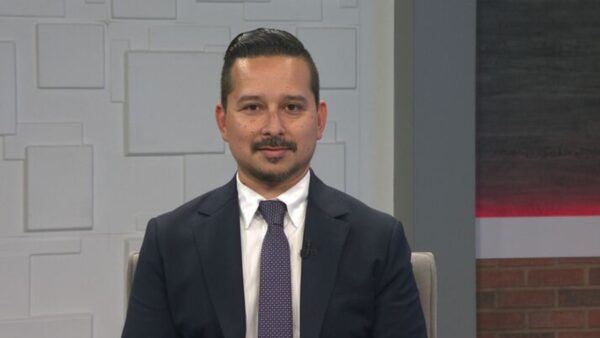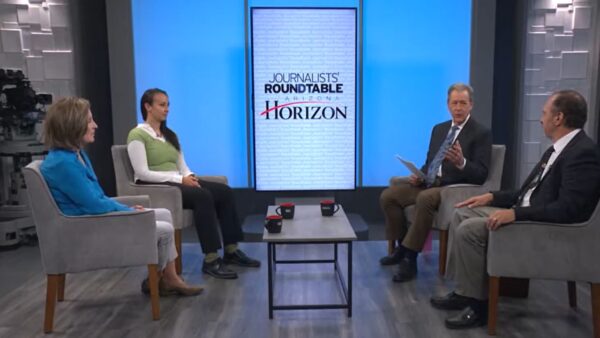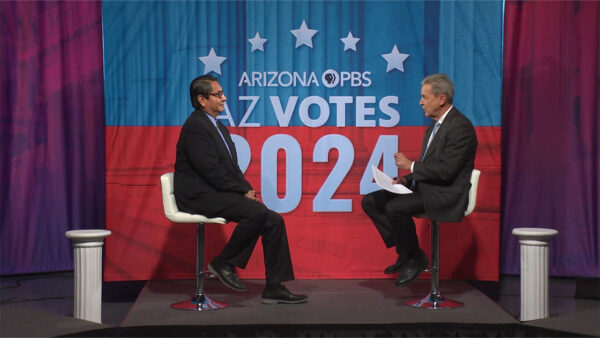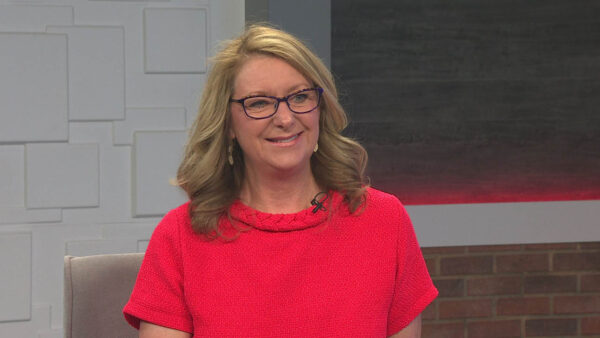Arizona ArtBeat: Golf Course Design
As top golfers on the PGA Tour tee it up at the 2012 Waste Management Phoenix Open, golf course architect Forrest Richardson discusses the art of golf course design.
Ted Simons: On tonight's "Arizona Artbeat," we give a nod to the start of the 2012 Phoenix open by taking a look at the art of golf course design. Joining me is Forrest Richardson, a Phoenix-based golf course architect and the author of four books on golf course design. Good to see you and thanks for joining us.
Forrest Richardson: Thanks for having me. Good to be here.
Ted Simons: We talk about the art of golfing, and there is an art involved, isn't there?
Forrest Richardson: There is. There's art, there is science, and there is also the game. So, it's really three elements, but the art is an important part of it.
Ted Simons: I have known you described it as golf, it's a sculpture, like a massive sculpture.
Forrest Richardson: It is, and most people see one hole at a time, and if you are in an airplane, you can be 20,000, 30,000 feet and see the course, but most people don't appreciate it that way. Of course I have to look at it that way and the individual whole.
Ted Simons: How do you do that? Let's say you saw a plot of land, I want a bunker here and how do you do that?
Forrest Richardson: I wish it were that easy. And it can be sometimes if you have the right site, but it all begins with the land, and appreciating what the land has to offer. Many of our modern golf courses didn't have, they were not built on the beautiful, you know, fields of Scotland and the links' land so we have had to create in the last, you know, generation of golf courses, the interest, so the TPC course is an example of a completely man made environment. But, nonetheless, one that's very beautiful and has a lot of, as you know, spectator opportunities.
Ted Simons: Sure, sure. So, when you design it, you can see from the ground. You could see the fairway, you could see from the ground, you could see overhead how it looks? Can you get that in your mind? Do you have to draw it out? How does it work?
Forrest Richardson: We spent a lot of time on the land. We spend time with the mapping, the top graphical maps, the aerial photos, and, and so it's a combination of things, but in the end, it's all about trying to make it fit the, not only the, the land, but also, fit the region and the culture, so a golf course in Phoenix is different, as most people know from a golf course in Minnesota, and or one in Mexico, or one in Europe.
Ted Simons: And also, fit the ability of, I would think, your average golfer because, for a time there, they were building courses that were difficult.
Forrest Richardson: The game is supposed to be fun, and I mean, this is something that we say all the time, that probably has turned people away from golf, is the fact that we have made courses too hard, so the best thing is to come out of it with a golf course that challenges the best players, but is really enjoyable for the casual golfer.
Ted Simons: Let's talk about the history of golf, and we have photos here, including the first one, which basically, shows probably what the first golf course design is.
Forrest Richardson: That's in the outer areas of Scotland, and that is a golf course that in the last few years has been rediscovered. It was closed during World War II, and it is just a beautiful Tom Morris course that was reminiscent of the way the courses would have been in the 1600s.
Ted Simons: Now we have St. Andrews is next. That's what people think of when they think of old courses.
Forrest Richardson: And that's really where the first seed of golf course design was born in the late 1700s. They decided to change the old course from 22 holes to 18. No one knows why. It could have been slow play or just that the town was growing. But, that was the time when all of a sudden the hand print of man was, was brought to golf courses.
Ted Simons: And you talk about the hand printed manner. The next photo shows the golf courses in some respects were close to buildings and towns and roads and the whole nine yards.
Forrest Richardson: They were like the, the greatest ski lodge and resort that you could ever imagine. You finished golf and you were right there at the pub and the restaurant and where you spend your time. But, the -- what happened is when golf came to the United States, in America, in the late 1800s, we did not know what they were supposed to look like. So, the -- my predecessors, the people that started designing courses, would create these manufactured looks so this one in Pennsylvania, is an archaic looking golf course. Not a lot natural about it. A lot of manmade features.
Ted Simons: Yeah, that does not look normal, that man standing there.
Forrest Richardson: Those are the famous Church Pew Bunkers.
Ted Simons: That's good for them. Next one is Robert Trent Jones, and he's known, he's the Forrest Richardson of golf course design.
Forrest Richardson: Mr. Jones, Trent as we called him, he has two sons that now carried on his work, Reece and Bobby, but the wigwam, which is this picture, typical of that post-world War II golf being built everywhere in the United States. Firestone, the wigwam, and the 1950s and 1960s were rich with build more, build more.
Ted Simons: And signature courses meaning people know by certain details who --
Forrest Richardson: Mr. Jones coined the phrase of signature golf courses, and he also said hard pars, easy bogeys, so that's another one.
Ted Simons: Yeah, I don't know if I'm crazy about that one. We have a picture of the seventh hole at stone harbor, and this looks an awful lot like another signature Par 3.
Forrest Richardson: Desmond Merehead was one of the truly right brain out there thinking gentlemen in golf course design, and in the 1980s, Desmond created these wild symbolistic courses, and he did a lot of them in Indonesia and Japan, but a few in the United States. Unfortunately, stone harbor doesn't survive all of the work that he did there has pretty much been tamed down, but nonetheless, it was a time in golf course design when the art was really brought to a different level.
Ted Simons: And when you see this Saw grass, which golfers are familiar with, that's the one --
Forrest Richardson: Pete and Alice Dye, that was the precursor to the TPC course in Scottsdale where we were creating courses for spectators.
Ted Simons: Let's look at some of your courses starting with the Arizona grand. Now, when you designed this course, you got the -- you got such a beautiful scenery to work with, and how, first of all, what do you try to emphasize, and secondly, how do you keep it from standing out like a sore thumb in the beautiful desert environment?
Forrest Richardson: It was a tough site, very controversial at the time, because we were using land that, that was adjoining and in the Phoenix mountain preserve, but, it turned out to be win-win, because we created new habitat for the parks, so the exchange of land brought more land to the park, but, it's really all about, all about integrating it with the land and taking advantage of those great views and taking advantage of the terrain, and, and making it feel like it has been there for 100 years.
Ted Simons: Got the Hide Out in Utah, same thing, only the high country. Is it easier or more difficult?
Forrest Richardson: More difficult because you have a shorter growing season and you have other constraints. And again, the idea is to, is to really fit the land to the golf and have the golfer feel they are in an environment just like when people see Pebble Beach on TV or they see any famous golf course, it's all about the land.
Ted Simons: And Las Palomos in New Mexico. And you have the wind down there, and this is, this is like a links' course down there.
Forrest Richardson: It's a links' course, and that particular hole, there was nothing done to it, so it was not so much about designing, but going back to the very first slide you saw where the golf course was found and discovered as opposed to actually being created.
Ted Simons: Last, we have a minute here so let's hit you with this one, critics say that golf course, they waste water. There is too many of them out there. And they are a poor use of land. Leave things in their natural state. What do you say when people say that?
Forrest Richardson: To some degree those are fair comments. However, most golf courses, not all of them, but most golf courses out here use reclaimed water. And in Hawaii, when we build golf courses, and in fact, they want us, they put more turf in because the land is so porous that having the reclaimed water filtered by the plant is a very positive thing. And then most golf courses anywhere are serving a purpose of open space. They are serving for drainage. You know, a golf course has enough oxygen produced, you know, to maintain a city of about 10,000 people. So, golf courses are sustainable open space, and if they are designed properly and built properly, they can be terrific, terrific neighbors to a community.
Ted Simons: Very good, Forrest, thank you very much.
Forrest Richardson: Thanks for having me.
Forrest Richardson:Golf Course Architect

